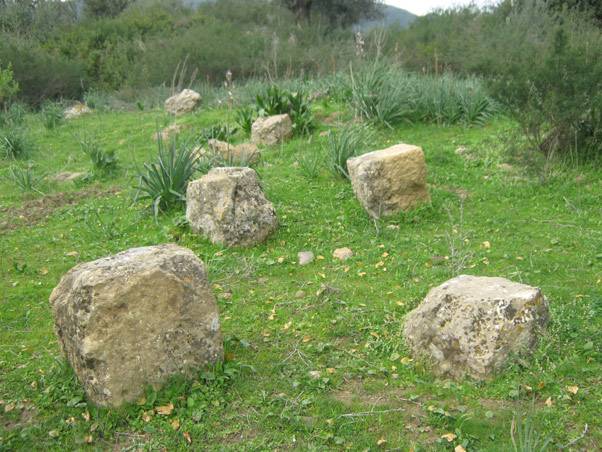Nestled in the wilaya of Jijel, 7 km south of the commune of Settara, the archaeological site of Aïn Tissillil holds the remains of an ancient Roman city still largely unexplored. Spanning approximately 8 hectares, this site offers a fascinating glimpse into life in ancient Numidia.
Location and Description
Accessible from the village of Agouf, Aïn Tissillil gradually reveals itself to the visitor. Rows of carved stones and dry stone walls emerge from the ground, outlining the ancient dwellings. A central road seems to divide the site into two distinct parts.
Although most of the ruins are buried, the remains of various monuments can be distinguished, including an oil mill and baths. Fragments of mosaics are scattered across the site, bearing witness to the city’s past wealth.
Historical Significance
Aïn Tissillil likely served as an important stop along the Roman road connecting Mila (Milev) to Collo (Chullu). The funerary inscriptions discovered on-site reveal the presence of members of the Quirina tribe, also attested in the Cirta confederation, suggesting close ties between these communities.
Epigraphic Discoveries
Several funerary steles have been unearthed, providing valuable insights into the inhabitants of the city:
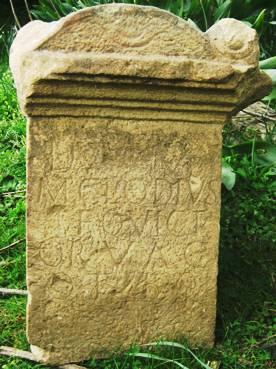
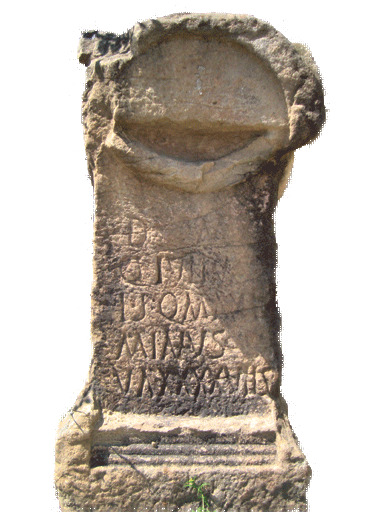
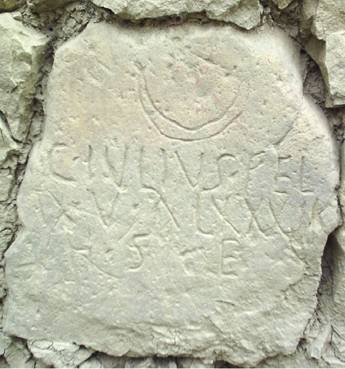
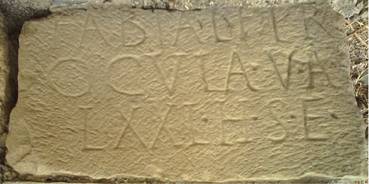
Nestled in the wilaya of Jijel, 7 km south of the commune of Settara, the archaeological site of Aïn Tissillil holds the remains of an ancient Roman city still largely unexplored. Spanning approximately 8 hectares, this site offers a fascinating glimpse into life in ancient Numidia.
Location and Description
Accessible from the village of Agouf, Aïn Tissillil gradually reveals itself to the visitor. Rows of carved stones and dry stone walls emerge from the ground, outlining the ancient dwellings. A central road seems to divide the site into two distinct parts.
Although most of the ruins are buried, the remains of various monuments can be distinguished, including an oil mill and baths. Fragments of mosaics are scattered across the site, bearing witness to the city’s past wealth.
Historical Significance
Aïn Tissillil likely served as an important stop along the Roman road connecting Mila (Milev) to Collo (Chullu). The funerary inscriptions discovered on-site reveal the presence of members of the Quirina tribe, also attested in the Cirta confederation, suggesting close ties between these communities.
Epigraphic Discoveries
Several funerary steles have been unearthed, providing valuable insights into the inhabitants of the city:




